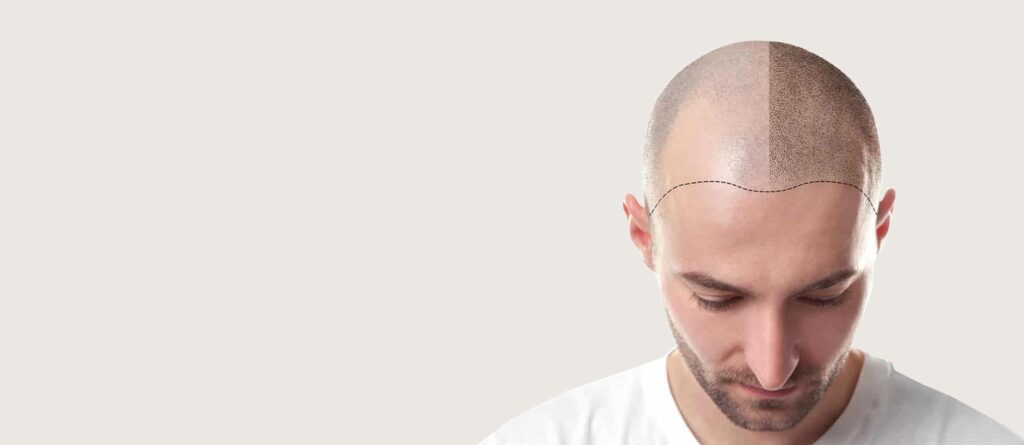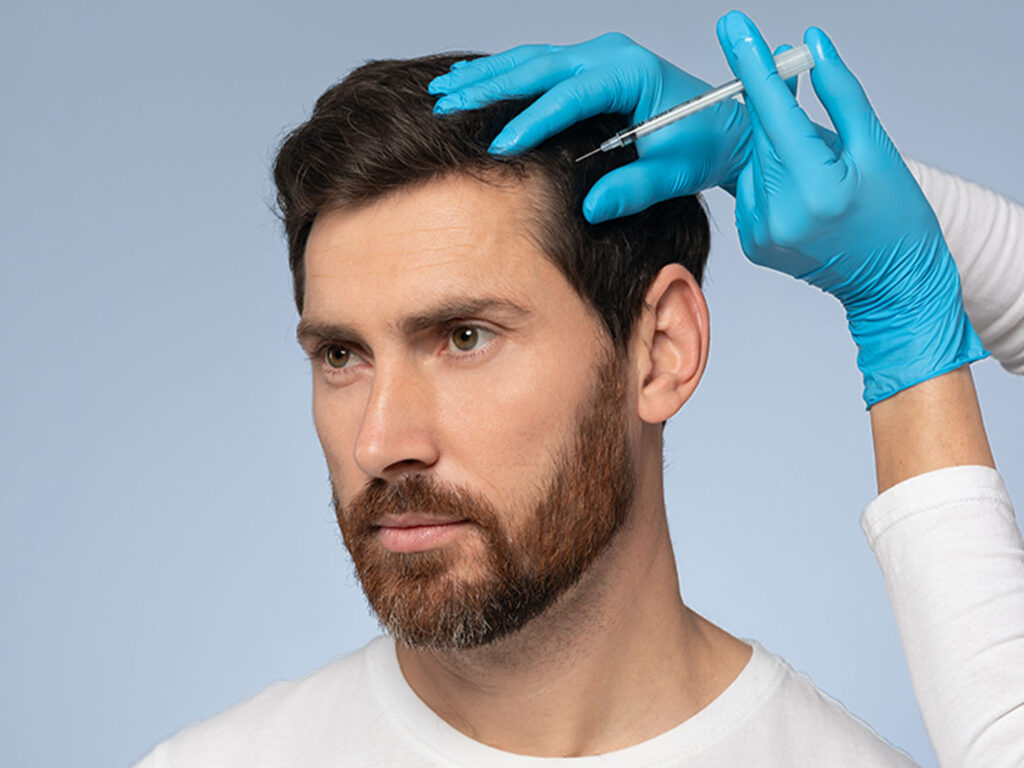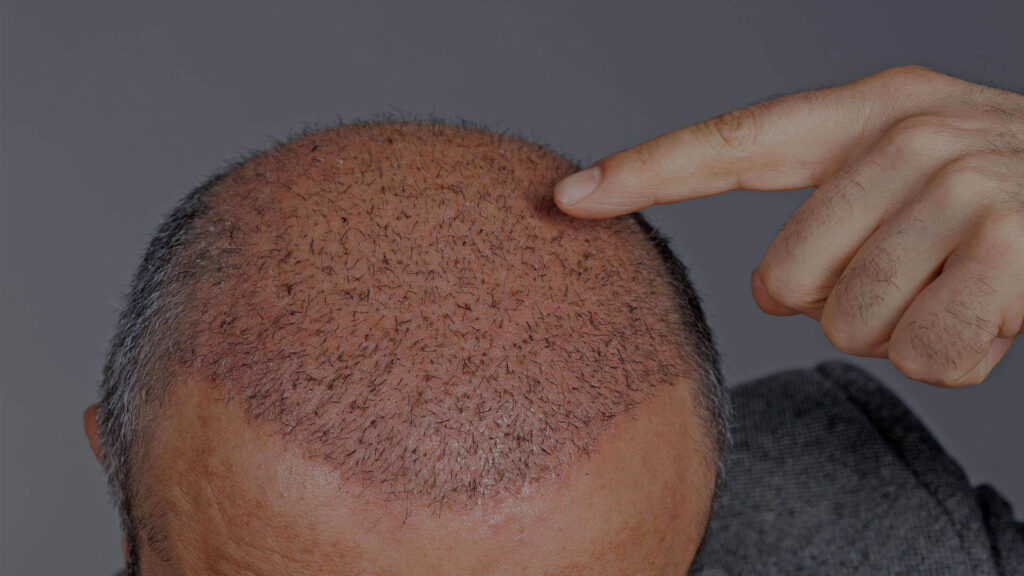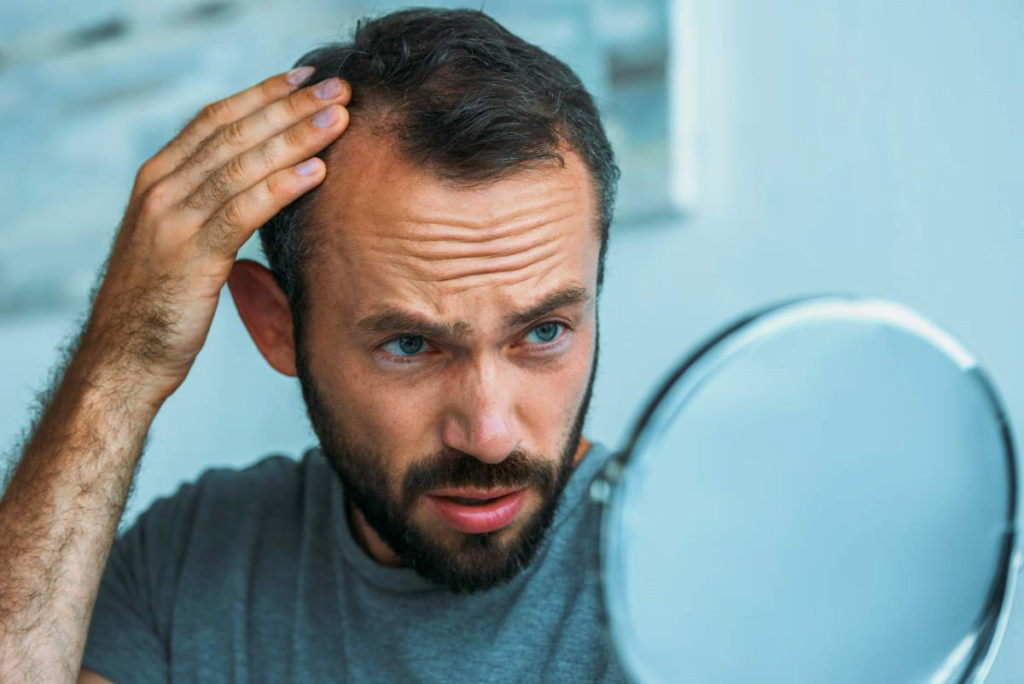
What can you expect after hair transplantation? Are the side effects that occur after transplantation normal? When should you be concerned?
Hair transplantation is one of the most effective methods offering a permanent solution to hair loss.
However, some changes experienced after the operation can cause concern for many people. Symptoms such as itching, swelling, and scabbing are actually a natural part of the hair transplant process. Managing this period correctly speeds up healing and ensures a healthier transplant result. Here are 5 steps with everything you need to know…
İçindekiler
1. Why Does Itching Occur After Hair Transplantation?
Itching is one of the most common symptoms after hair transplantation. This can be alarming for most people. It immediately brings to mind questions such as “Was the hair transplant unsuccessful?” and “Will my transplanted hair be damaged?” Itching usually occurs between the 3rd and 10th day.
There are several reasons for this:
- Skin healing process: Cells in the transplanted area begin to repair themselves. This repair stimulates nerve endings and creates an itching sensation.
- Dryness: The scalp dries out in the first few weeks after the operation. This can increase itching.
- Shampoo or medication use: Some care products can dry out the skin and trigger itching.
What should be done after hair transplantation?
- No matter how uncomfortable the itching is, you should definitely not scratch.
- Moisturizing sprays or special shampoos recommended by your doctor can be used.
- Drinking plenty of water reduces skin dryness.
- The itching usually starts to subside around the 10th day and disappears completely as the scabs fall off.
2. Why Does Swelling (Edema) Occur?
The second most common condition after hair transplantation is swelling (edema). Like itching, swelling also makes patients anxious. This symptom can occur especially on the forehead, around the eyes, and sometimes on the cheeks.
However, this condition is caused by the process of eliminating the fluids injected during the operation from the body. In other words, swelling is a natural reaction of the body and usually subsides on its own within 2-4 days. You can try the following methods to control swelling:
- Sleep with your head slightly elevated for the first 3 days.
- A cold compress (not directly on the transplant area, but on the forehead) can be applied.
- Drinking plenty of water and reducing salt intake accelerates the dissipation of edema.
- Edema-reducing medications recommended by your doctor can be used.
- If the swelling continues to increase after the 5th day, you must inform your doctor.
3. Why Does Scabbing Occur?
Scabbing is actually the most important sign that the hair transplant has entered the healing process. Each graft (hair root) creates a small wound in the transplanted area. These small wounds dry out and form scabs. Scabs protect the hair roots from external factors. This is actually a sign that the healing process is progressing healthily. Scabbing usually begins on the 3rd day and falls off completely on the 10th day.
- The first wash and “scab removal massage” performed as instructed by the doctor will help make this process more comfortable.
- Scabs should not be picked off by hand. This can damage the hair follicles.
- Washing should be done gently, using lukewarm water and a special shampoo.
- Sun, sea water, or swimming pools should be avoided.
4. Recommendations to Speed Up the Healing Process
- Protect your scalp from impact for the first 10 days.
- Avoid alcohol and cigarettes; they delay healing.
- Sleep with your head elevated after hair transplantation.
- Take the antibiotics and care products prescribed by your doctor without fail.
- Avoid strenuous exercise, sunbathing, and sauna activities during the first month.
- These precautions will both alleviate symptoms and help hair roots grow stronger.
5. When Should Itching, Swelling, and Scabbing Be a Cause for Concern?
- If itching is accompanied by a burning sensation,
- If swelling causes asymmetry in the face,
- If there is yellow discharge or a bad odor coming from under the scabs,
- If there is an increase after the first day, you should definitely consult your doctor.
These symptoms may be signs of infection or an allergic reaction.
Conclusion

Itching, swelling, and scabbing after hair transplantation are part of the body’s healing process. These symptoms will subside quickly with patience and proper care. Once healing is complete, both the hair follicles and the skin will be renewed in a healthy manner. Remember; those who manage this process correctly achieve denser, more natural, and longer-lasting hair results. With a little patience and care, each day after hair transplantation brings you closer to a more confident appearance.
Hairtrans.com was founded by world-famous plastic surgeon Dr. MFO, who is an expert in facial feminization or facial masculinization surgeries, and is managed under his leadership. Would you like to have a hair transplant under the coordination of a plastic surgeon with many years of experience?
Whether you are a trans woman or a natural born male or female, if you are looking for the best hair transplant, contact us now.


